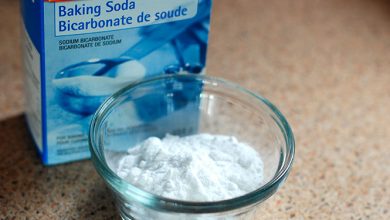Owning Property Using a Bank Trust

Known as a fideicomiso in Spanish, a bank trust allows foreigners to own property in Mexico
Falling in love with the Riviera Maya is normal, as is wondering if it’s possible for a foreigner to own property here.
The answer is yes. Foreigners have two options to own a property in Mexico, and one of them is by using a Bank Trust. But why do you need a Bank Trust? Well, according to the Mexican law, only Mexican citizens can own and purchase property in the restricted zone, the area 50 km (30 miles) from any coastline or 100 km (60 miles) from any international border. But the Bank Trust is a legal way to own a property in these areas.
If it is for residential purposes, you can set up a Mexican bank trust for real estate (fideicomiso in Spanish), which is an agreement between you as a buyer and a Mexican bank. The bank will hold the title of the property, but will act on your behalf and has a fiduciary obligation to follow your instructions and wishes, allowing you to enjoy, use, rent out, improve, build on and even sell the property keeping 100% of the income and profits. The term of a bank trust is 50 years, and it is renewable indefinitely for 50 year periods.
In practical terms, you enjoy full rights of usage and may do anything to the property, as long as it is permitted under Mexican law, and you have the same rights of dominion as any Mexican citizen who has direct title to the property. You may construct a building, tear it down or modify it in compliance only with the local zoning and planning ordinances and, if applicable, the homeowners’ condominium regime.
As the beneficiary, you have full control of the property, and you may direct the trustee bank to lease, mortgage or sell it.
If you’re also interested in other areas of Mexico, outside the restricted zone you don’t need a bank trust; property can be held with a simple title.
Learn more! Download our guide about ownership in Mexico: https://topmre.com/owninmexico1






